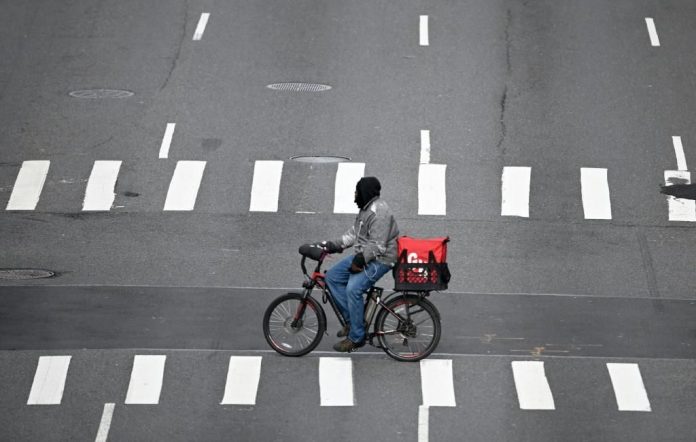Both air and plastic pollution are serious environmental problems and now a team of researchers has found a link between them.
Plastic waste is a significant threat to the environment, littering even the bottom of the oceans. A team of researchers from the National University of Singapore (NUS) has tried to understand the human behaviors that are linked to plastic pollution.
“This is where our study seeks to contribute — finding a strong causal link between air pollution and plastic waste through the demand for food delivery,” said Alberto Salvo, study co-author and an associate professor at NUS, in a news release.
For the study, the researchers surveyed office workers in three Chinese cities with high levels of air pollution. It may be noted that China is one of the largest users of online food delivery platforms in the world.
The researchers monitored the lunch choices of 251 office workers and also orders on an online food delivery platform, which had data on millions of food orders from 350,000 users.
By comparing the food delivery data with the air pollution data during lunchtime in the respective cities, the researchers found that the workers were more likely to order food delivery when there was a 100 μg m–3 increase in particulate matter pollution (PM2.5).
PM is the common indicator for air pollution and its components include nitrates, ammonia, sulfate, mineral dust and black carbon. According to the World Health Organization (WHO), PM affects more people than any other pollutant. PM2.5, for instance, can penetrate the lung barrier and enter the blood system.
“Our hypothesis is that individuals are more likely to order delivery when their personal cost of exposure to the outdoor environment rises,” the researchers wrote.
The researchers then compared the use of plastic in the meals that were delivered and those eaten at a restaurant with the help of thousands of photos submitted by the workers. They found that meals delivered to the office used an average of 58 grams of plastic while the dine-in meals used 6.6 grams of plastic.
“The researchers estimated that a 100 μ g/m³ PM2.5 increase raised a meal’s disposable plastic use by 10 grams on average — equivalent to about one-third the mass of a plastic container,” the NUS news release said.
The researchers’ work shows how food deliveries contribute to the plastic pollution problem.
But this is not exactly a new trend. For instance, experts believe that online takeouts were responsible for the 1.6 million tons of packaging waste generated by China in 2017, 1.2 million tons of which included plastic bags and plastic spoons, The New York Times reported in 2019.
And this trend can be seen in other cities or countries.
“Individuals protect themselves from — and show their distaste for — air pollution by ordering food delivery which often comes in plastic packaging,” study co-author Junhong Chu, also of NUS, said in the news release.
The study shows how people inadvertently contribute to the ever-growing plastic waste problem while trying to avoid exposure to air pollution.
The study is published in Nature Human Behavior.





























